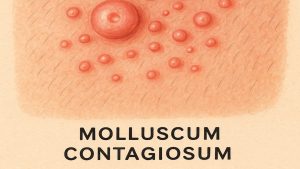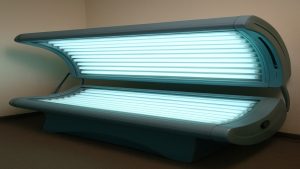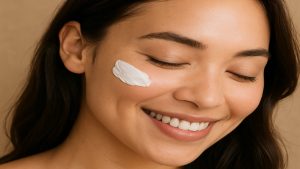- Microneedling stimulates collagen & reduces scars and lines
- Hyaluronic acid boosts hydration & plumps skin
- Together, they improve tone & texture by up to 80%
- Microneedling boosts hyaluronic acid absorption for deeper effect
- Post-treatment use soothes irritation & speeds recovery
Microneedling and hyaluronic acid form a clinically supported skincare combination that enhances skin rejuvenation, hydration, and texture. This synergy works by stimulating collagen production while replenishing moisture, leading to smoother and more radiant skin.
In this guide, we explore how this combination is particularly effective for improving fine lines, scars, and uneven tone, with research showing that up to 80% of patients report visible improvement after multiple sessions.
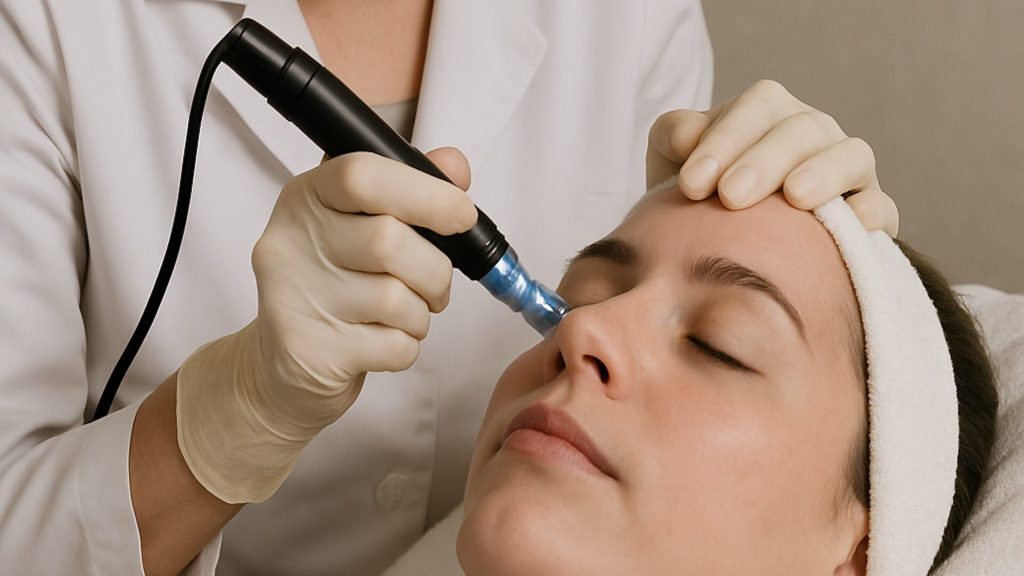
What Is Microneedling?
Microneedling, or collagen induction therapy, uses fine sterile needles to create micro-injuries in the skin, activating the body’s natural healing process. This stimulates collagen and elastin production, which strengthens skin structure and promotes firmness [1,2].
The treatment is widely used for improving acne scars, fine lines, and overall tone. Studies confirm that microneedling can improve texture by up to 80% with consistent sessions [5]. It offers rejuvenation without surgery or extended downtime.
How Microneedling Works
The process involves a controlled puncturing technique that initiates wound healing in three stages: inflammation, proliferation, and tissue remodelling [1,2]. During this process, the skin produces new collagen and capillaries, reducing scarring and restoring elasticity.
The treatment also enhances the delivery of active ingredients applied afterward, particularly hydrating compounds like hyaluronic acid, which penetrate more effectively through the microchannels created.
Introduction To Hyaluronic Acid
Hyaluronic acid (HA) is a naturally occurring molecule in the skin known for its exceptional ability to hold water, up to 1,000 times its weight [3,4]. It helps maintain hydration, elasticity, and barrier integrity.
As natural HA levels decline with age, topical application replenishes moisture and improves skin plumpness. Using a hyaluronic acid serum for microneedling boosts both hydration and skin repair [3,4,9].
The Science Behind Hyaluronic Acid
Hyaluronic acid binds water molecules, maintaining skin smoothness and supporting cell repair [3,4]. When applied after microneedling, it penetrates deeply through the microchannels created during treatment, amplifying its hydrating and soothing effects [6,7,8].
Topical HA also enhances the skin’s recovery process, reducing dryness and redness while promoting faster regeneration [9,10,11].
Synergising Microneedling & Hyaluronic Acid
Combining microneedling and hyaluronic acid optimises hydration, collagen synthesis, and overall rejuvenation.
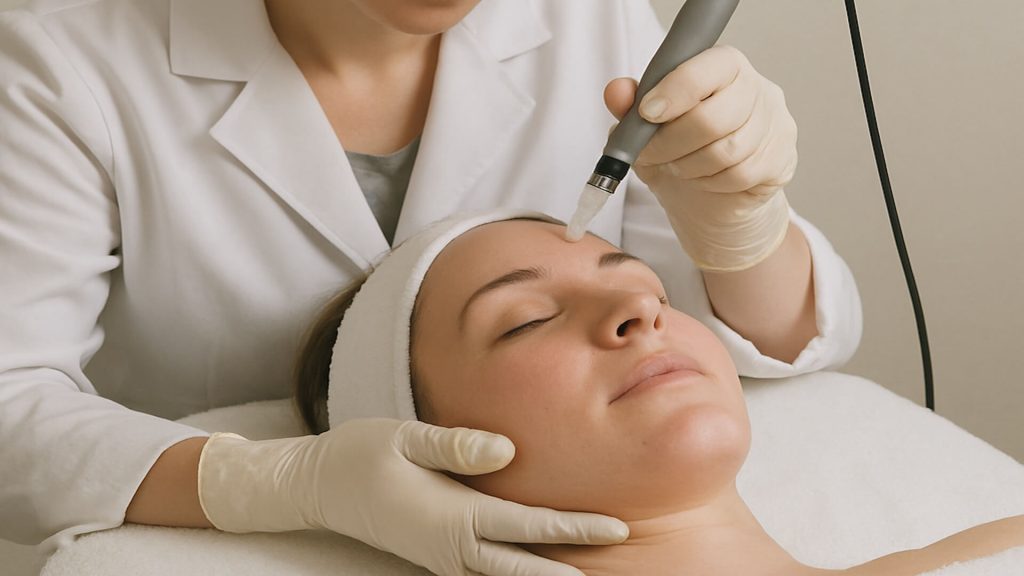
Enhanced Absorption
Microneedling forms microchannels that significantly increase the penetration of topical agents. When HA is applied post-treatment, it reaches deeper skin layers, improving hydration and elasticity [6,7,8].
Accelerated Healing & Hydration
The skin may experience mild irritation or dryness after microneedling. Hyaluronic acid immediately restores hydration and soothes sensitivity, helping the skin recover faster [9,10,11].
Improved Skin Texture & Tone
Collagen stimulation from microneedling, combined with HA’s moisture-binding effect, refines texture and enhances tone [1,2,9]. Clinical findings show significant hydration gains following treatment cycles [10,11].
| Benefit | Summary |
|---|---|
| Enhanced Absorption | Microneedling boosts hyaluronic acid delivery, improving moisture retention. |
| Accelerated Healing & Hydration | HA calms irritation and supports post-procedure healing. |
| Improved Texture & Tone | Combined effects smooth skin and increase radiance. |
Table 1: Combined benefits of microneedling and hyaluronic acid
Optimising Hyaluronic Acid For Microneedling
Selecting a suitable HA serum is essential to maximise results:
Look For High-Quality Ingredients
Choose pure hyaluronic acid serums free from fragrance or alcohol to avoid irritation [3,4,9].
Check The Molecular Weight
Low molecular weight HA penetrates deeper, while high molecular weight HA retains surface hydration. A dual-weight formulation balances both effects [2,11].
Consider The Formulation
Use serums designed specifically for post-microneedling use, as these are gentle and support barrier recovery [9,10,11].
Integrating Microneedling & Hyaluronic Acid Into Your Routine
Adding microneedling with HA to your skincare routine promotes long-term skin rejuvenation. Continued use of HA serums after each session maintains moisture levels and collagen synthesis [9,10,11].
Avoid using active ingredients such as retinoids or exfoliating acids for several days post-treatment to prevent irritation [12–15]. Consulting professionals, like Monderma’s experts, ensures proper guidance for safe integration and product selection.
Post-Microneedling Care With Hyaluronic Acid
After treatment, appropriate care is key to achieving the best results:
- Immediate Application: Apply HA serum immediately post-procedure to maximise penetration [9–13].
- Keep Skin Hydrated: Reapply HA daily for several days to maintain hydration and aid tissue repair [9–11].
- Avoid Harsh Products: Skip exfoliants and active acids for at least a week to avoid sensitivity [12–14].
Following these steps supports optimal recovery and maintains smoother, radiant skin.
Maximising Results With Professional Guidance
Professional assessment helps customise treatment frequency and serum formulation. Skincare experts ensure that HA products are compatible with skin sensitivity and microneedling depth, reducing risk and enhancing benefits [13].
This personalised approach ensures optimal hydration, faster healing, and improved tone with each session.
Monderma’s Personalised Skincare Solutions
Monderma offers prescription skincare tailored to skin health needs such as ageing, acne, and pigmentation. Its vegan formulations often include hyaluronic acid alongside actives like tretinoin or niacinamide to enhance hydration and regeneration.
Following a consultation, Monderma’s GPhC-registered prescribers design custom blends that complement treatments like microneedling, helping users achieve visible results within weeks.
Conclusion
Microneedling and hyaluronic acid together create a science-backed method for achieving smoother, hydrated, and more radiant skin. Microneedling stimulates collagen, while HA replenishes moisture and speeds recovery, making them a powerful anti-ageing combination [1,2,9].
Choosing high-quality HA products and following expert-guided post-care, such as through Monderma’s tailored consultations, maximises results. Share this article to help others discover how microneedling with hyaluronic acid can revitalise their complexion.
Content is for informational purposes only. Monderma treatments are prescribed following consultation. Results and timeframes can vary. Use as directed by your prescriber.
Bibliography
- StatPearls. Microneedling. 2024.
- Hamed R, et al. Recent Advances in Microneedling-Assisted Cosmetic Procedures. Cosmetics. 2024;11(2):51.
- Singh A, Yadav S. Microneedling: Advances and Widening Horizons. Indian Dermatol Online J. 2016;7(4):244–254.
- Papakonstantinou E, et al. Hyaluronic Acid: A Key Molecule in Skin Aging. Dermato-Endocrinology. 2012;4(3):253–258.
- Jaiswal S, et al. Microneedling in Dermatology: A Comprehensive Review. Cureus. 2024;16(9):e51432.
- Prausnitz MR, Langer R. Transdermal Drug Delivery. Nat Biotechnol. 2008;26(11):1261–1268.
- Essendoubi M, et al. Human Skin Penetration of Hyaluronic Acid of Different Molecular Weights. Skin Res Technol. 2016;22(1):55–62.
- Juniper Publishers. Skin Penetration Ability of 12 Hyaluronic Acids with Different Molecular Weights.
- Jegasothy SM, et al. Efficacy of a New Topical Nano-Hyaluronic Acid in Humans. J Clin Aesthet Dermatol. 2016;9(3):25–29.
- Healthline. How to Take Care of Your Skin After Microneedling.
- Zensa Skincare. Microneedling After-Care.
- Monderma. Prescription Skincare.
- Professional Beauty. Microneedling: Everything You Need to Know.
Find your perfect skincare formula
Takes less than 2 minutes – see what your skin needs
Get Custom Formula